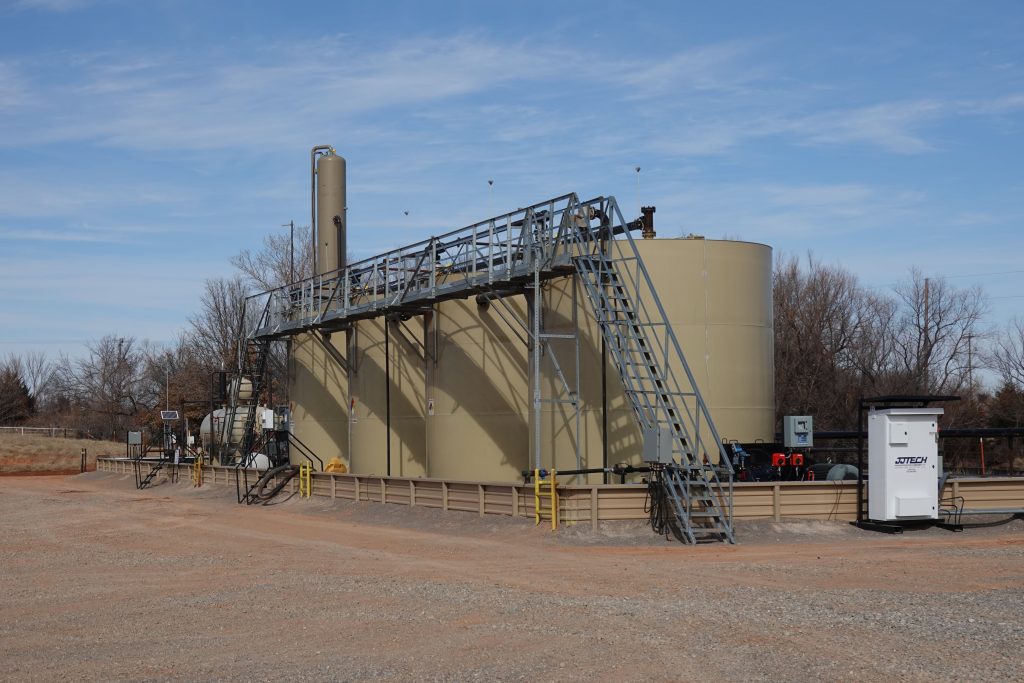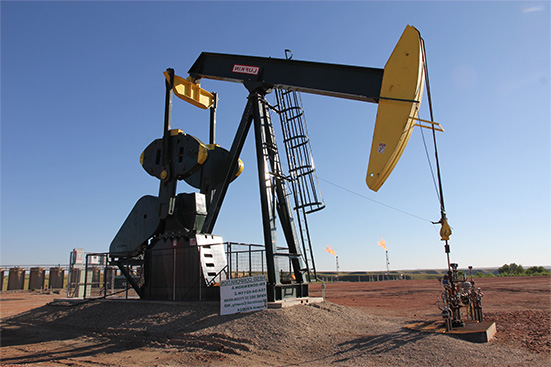
The world of oil and gas is vast and complex, but understanding the downstream sector is essential for anyone interested in the industry.
Let us break down what downstream oil and gas is, how it operates, and why it’s important to the global economy.
Defining Downstream Oil and Gas
The downstream oil and gas sector represents the final stage of the industry, where crude oil is refined and processed into usable products such as diesel, gasoline, petrochemicals, and jet fuel. This stage involves transporting these products to end-users and retail outlets. Unlike the upstream sector, which focuses on exploration and extraction, downstream activities are about refining and marketing the end products.
Operations in Downstream Oil and Gas
- Refining
Refining is the core of downstream operations. It involves converting crude oil into usable products through processes like distillation, cracking, and reforming. Refineries are complex facilities that use advanced technology to ensure efficient and safe operations.
- Marketing and Distribution
Once refined, the products need to reach consumers. This involves logistics, storage, and transportation networks, including pipelines, trucks, and ships. Marketing strategies ensure that products are available at the right place and time.
- Petrochemical Production
Petrochemicals are chemicals derived from petroleum and natural gas, used in the production of everything from plastics to pharmaceuticals. This sector is important for manufacturing a wide range of everyday products.
Contact DW Energy
Want to learn more about oil & gas investing? Our expert team can provide you with more information or schedule a consultation to talk about diversifying your investment portfolio.

Importance of Downstream Oil and Gas
The downstream sector is essential for several reasons. It ensures the supply of essential fuels and materials that power transportation, heat homes, and support various industries. The products from downstream operations are integral to our daily lives and the economy.
- Economic Contribution
The downstream sector significantly contributes to the economy by providing jobs, supporting industries, and generating tax revenues. It also attracts investment, driving technological advancements and infrastructure development.
- Energy Security
Efficient downstream operations ensure a steady supply of energy products, contributing to national energy security. This stability is vital for economic stability and growth.
- Innovation and Sustainability
The sector is continually evolving with innovations aimed at improving efficiency and reducing environmental impact. Advancements in refining technologies and the development of cleaner fuels are steps towards a more sustainable future.
Key Components of Downstream Oil and Gas Operations
- Refineries
Refineries are the heart of downstream operations. They convert crude oil into various products through processes like distillation, cracking, and reforming. These facilities use advanced technology to ensure efficient and safe operations.
- Role in the Oil and Gas Industry
Downstream operations are essential for transforming raw materials into products we use daily. They connect the extraction phase to consumers, ensuring that crude oil reaches its final, usable form.
- Retail Outlets
Refined products reach consumers through gas stations and retail outlets. They play an important role in distributing gasoline, diesel, and other fuels directly to users.
- Products and Services
Downstream operations are not just about fuels. They also produce lubricants, bitumen for roads, and LPG for heating and cooking, contributing significantly to various industries.
Distribution Networks: The Lifelines of Downstream Operations
Efficient distribution is key to the downstream sector. Products are transported through pipelines, rail, and road networks to ensure they reach consumers and businesses.
- Pipelines
Pipelines are the most efficient way to transport large volumes of oil and gas products.
- Rail and Road
While pipelines handle bulk transportation, rail and road networks offer flexibility. They can reach areas pipelines cannot.
Products of Downstream Oil and Gas
The downstream sector produces a wide range of products, including:
- Gasoline – Used in vehicles.
- Diesel – Fuel for trucks and heavy machinery.
- Kerosene – Used in aviation and heating.
- Lubricants – Essential for machinery and engines.
- Bitumen – Used in road construction.
- LPG (Liquefied Petroleum Gas) – Used for cooking and heating.
Consistent Energy Supply
- Supply Chain Management
Effective supply chain management is essential for maintaining a consistent energy supply. It involves coordinating the flow of products from refineries to consumers.
- Liaising with Other Sectors
Downstream operations work closely with other sectors, ensuring that industries relying on oil and gas products receive a reliable supply.
Future Trends in Downstream Oil and Gas
- Digital Transformation
Digital technologies, including automation, artificial intelligence, and big data, are revolutionizing downstream operations. These technologies improve efficiency, safety, and decision-making. Renewable fuels, advanced refining techniques, and digital technologies are set to transform the industry.
- Sustainable Practices
Efforts to make the downstream sector more environment-friendly are ongoing. Refineries are investing in technologies that minimize waste and improve energy efficiency. This includes reducing emissions, managing waste, and adopting cleaner technologies.
What is the Difference Between Downstream Operations and Upstream Operations?
- Upstream Operations
The upstream operations are focused on the exploration and production of crude oil and natural gas. This includes locating deposits, drilling wells, and pumping resources to the surface.
- Downstream Operations
In contrast, downstream operations handle the refining, distribution, and marketing of oil and gas products. They transform raw materials into usable products and ensure these products reach consumers.
Understanding the downstream oil and gas sector is essential for grasping the full picture of the energy industry. From refining crude oil to delivering essential products, downstream operations play an important role in our daily lives and the global economy. For more insights into the oil and gas industry and investment opportunities, visit DW Energy Group.
Contact dw energy
Sources:
“Downstream: Definition, Types, and Examples of Operations,” Investopedia, https://www.investopedia.com/terms/d/downstream.asp
“What is Downstream Oil and Gas?” EKT Interactive, https://ektinteractive.com/what-is-downstream/
“What is it – Downstream in the Oil and Gas Industry,” Mansfield, https://mansfield.energy/2023/07/19/what-is-it-downstream-in-the-oil-and-gas-industry/
“What are Downstream Oil and Gas Operations?” Papaya Global, https://www.papayaglobal.com/glossary/downstream-oil-and-gas-operations/
“Upstream vs. Downstream Oil and Gas Operations: What’s the Difference?” Investopedia, https://www.investopedia.com/ask/answers/060215/what-difference-between-upstream-and-downstream-oil-and-gas-operations.asp
